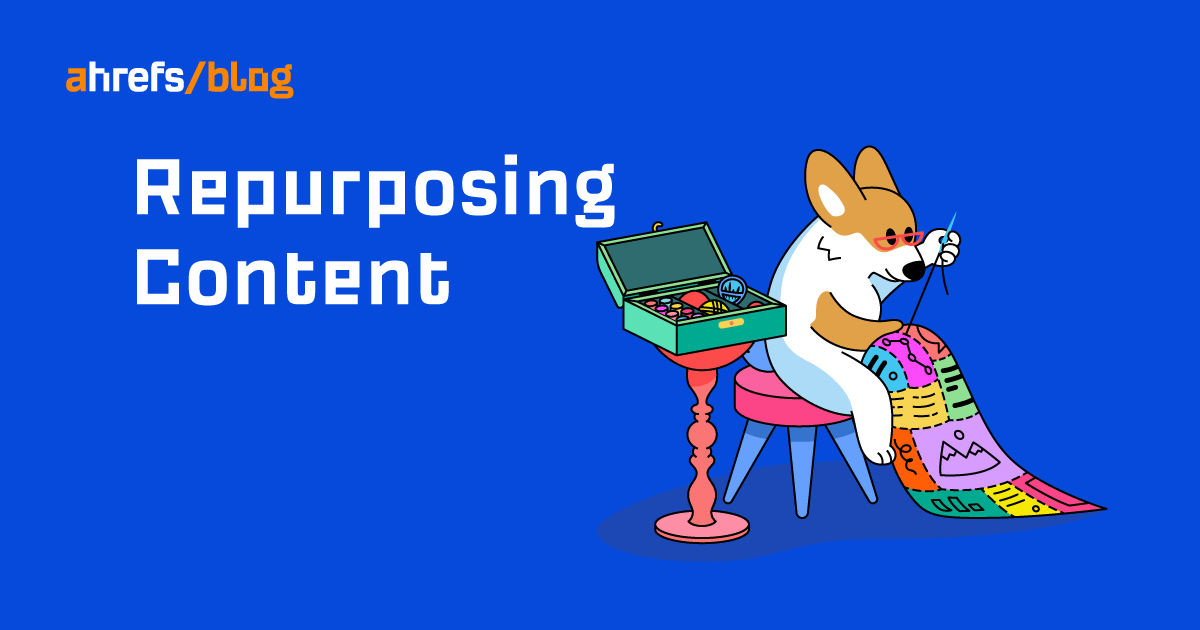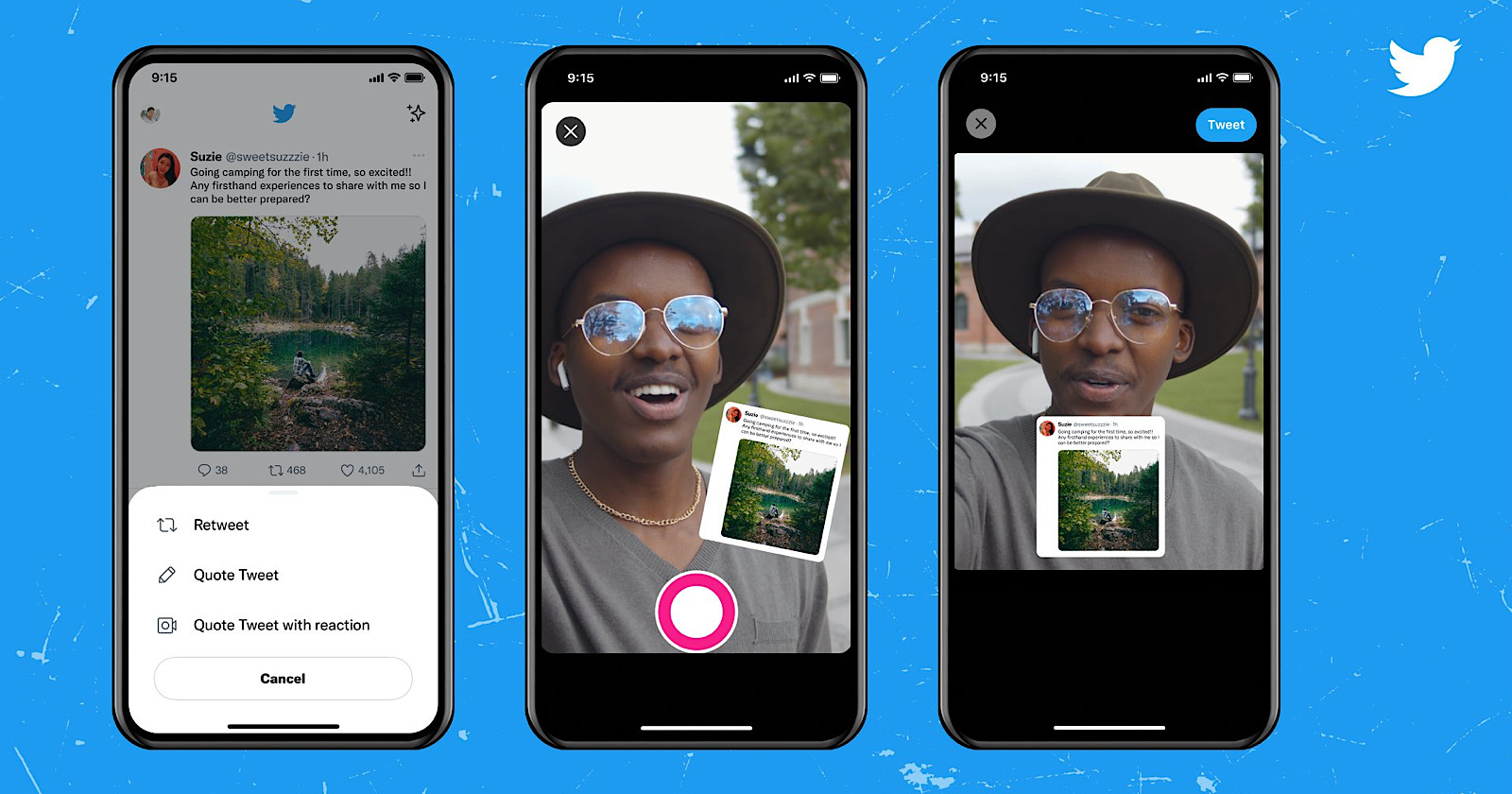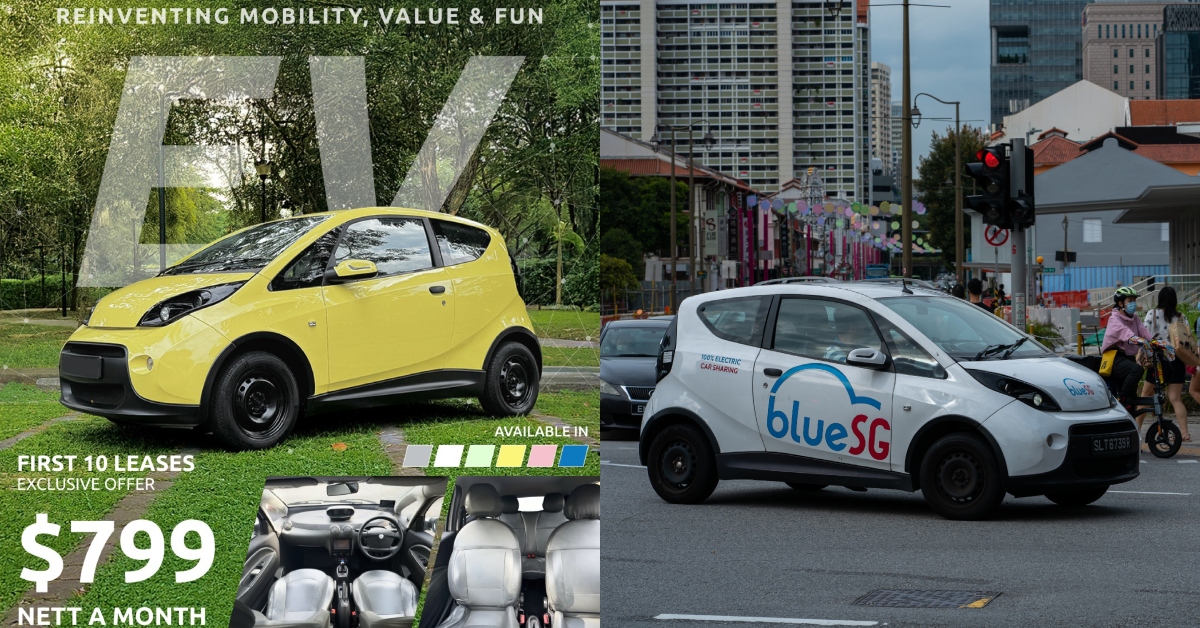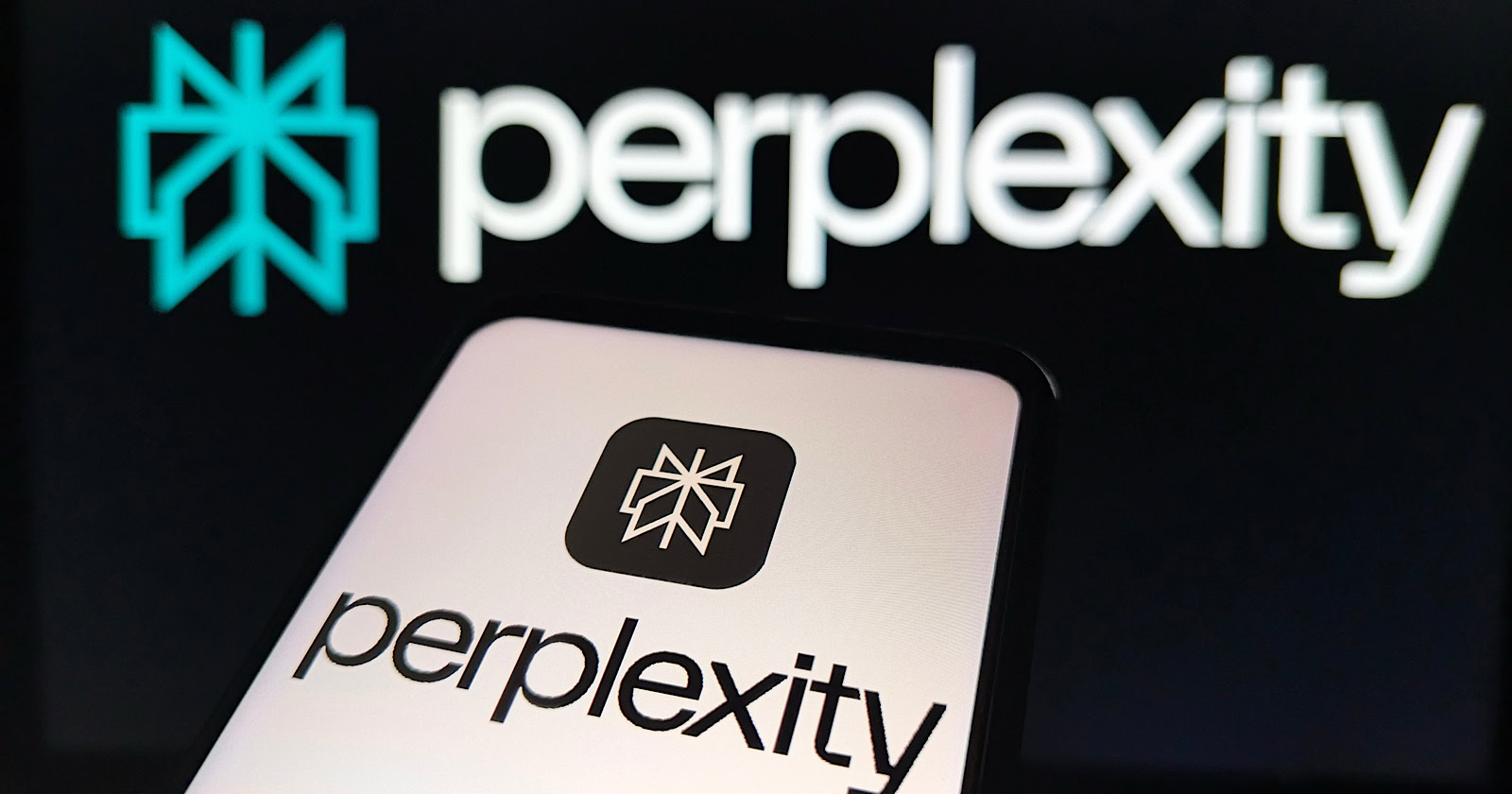7 Ways To Tweak Your Content For Better SEO via @sejournal, @lorenbaker
Engaging and easy-to-find content is critical to your success. Are you doing all you can to improve on page SEO? The post 7 Ways To Tweak Your Content For Better SEO appeared first on Search Engine Journal.

Every marketer will tell you – creating high-quality content is no easy feat and getting page views, shares, and conversions is even harder.
But useful, engaging, and easy-to-find content is critical to successful digital strategies – so where do we start?
Defining high-quality in this space is essentially about the balance of two things: the art of the writing itself and the approach to optimization.
Each piece of content designed for your company’s website should be considered with an SEO lens before you publish.
Applying a search lens atop your content strategy helps to ensure that the content you create supports not only the customer journey (the starting point for your content strategy), but also creates cost efficiencies.
How?
Focusing on SEO from the outset can support improved Google Adwords scores. This results in lower cost-per-click (CPC) rates for paid search marketing, for example; and cost savings are something the C-suite always loves.
In this article, we’ll share seven tips to help you make the most out of your content.
1. Ensure Great Content And Structure
Ensuring great content is all about planning.
Do your homework first.
Think about what it is your customer wants to know, and where you are (the expert who can provide them value). From there, decide what you want to say, and where, when, and how your customers will engage, then map out your plan.
An editorial calendar is a great way to get and stay organized. Amid the constant change that defines the current consumer environment, pivots will be needed, but that’s no reason not to plan.
Once you’ve got a calendar that sets out your content needs, you’ll want to set your writers up for success.
Detailed content briefs that outline the user intent or inquiry you’re seeking to address are a good standard practice to adopt.
Process, supported by clear and distinct roles and responsibilities, is important here, too.
Subject matter experts are not necessarily writers; writers may make for great editors, but self-editing is problematic. In short, ensure you’ve got a plan for publication that lets your people do what they do best.
Content comes in many forms and creating content in a variety of formats will help you reach a wider audience.
Check out this article for 100 types of content you can create (with examples).
Format aside, your structure should be simple and intuitive; an introduction followed by a body (where the main content is) and a conclusion sets the standard.
A simple way to think about this is the news approach to content: Say what you’re going to say (introduction), say it (body), and say what you said (conclusion).
2. Show Your Layout Some Love
You’ve thought about structure already, but have you considered the visual experience?
Visual variety is a key component of high-quality communications across platforms and channels.
From text layout and use of whitespace to headings, paragraphs, and imagery, make sure you think through the visual experience of your customer as well.
Paragraphs and headings with a clean layout help readers scan through text, and the use of subheadings throughout will further simplify navigation for your reader.
A good clean layout will supplement the intuitive structure you’ve already planned.
But remember, a sentence does not make a paragraph no matter how you feel about the look of a new sentence on a new line! Each paragraph should cover a single idea or subject, keeping things concise and linking out for more on the topic wherever it makes sense (more on links later!).
From the image perspective, the advice is simple: Use them.
A picture is worth a thousand words, or a bar chart, a graph, a process diagram, a quote of particular importance given prominence through varied font size and script … you get the idea.
In short, use images wherever they help to simplify subjects and as a good way to break up text-heavy content.
Whenever you use images, make sure to optimize them. Here are a few simple tips:
Add alt text: Supporting accessibility for customers using assistive screen readers, alt text also helps search engines to identify content on your page. Apply logic to your image names: Image filenames should be readable and simple. They can also be used as alt text. Size does matter: You want to keep your site simple and agile to ensure your pages load quickly. Keep your images under 500 KB and page sizes to less than 5 MB.3. Optimize The Right Way
Images, of course, aren’t the only part of your page that needs optimization.
The structure and layout already outlined give way to lots of optimization options and the right kinds.
Back in 2011, Google launched the Panda update with the aim of eliminating black hat SEO tactics.
What exactly that means is a long story. Click through for a summary of the why, what we know about the algorithm and a complete timeline.
But the short version is that black hat SEO tactics are ones that aim to increase a site or page’s rank in search engines by violating search engine guidelines (think dirty tricks like invisible text for a simple example).
The right kinds of optimization are in fact simple enough, so there’s no need to get crafty.
Once you focus on optimizing your site information (think site title, site description, page descriptions, and page and title formats), you’re on the right track.
You want to keep things clear and concise. Fifty to 300 characters should provide a relevant readable description of the content on the site and each of the pages using simple and relevant terms.
Length is another key consideration for optimization and not just within your site information sections.
Google likes long articles, but remember, your customer should be at the center of your strategy, so think about their needs and go from there.
We’d suggest a minimum of 300 words for a topic, which can make for a 1,000-word article easily. What you don’t want is something so long it scares readers away.
Nobody wants to read 2,000 words of keyword-stuffed filler (and again, Google won’t thank you for it). Your content should provide value to the reader and need to be fit for your purpose.
4. Use The Right Keywords & Topical Alliance
Speaking of keywords, do your homework.
SEO insights represent the best real-time representation of your customer’s voice, so before you start writing keyword research is critical.
Users search for all sorts of different reasons.
By figuring out what terms your audience is searching for and the intent behind their search, you can customize your content to bolster your search results.
You will want to ensure that you use a mix of long-tail keywords, as well as head terms.
Long-tail keywords address searcher intent while tending to have low search volume, associated low competition, and high conversion.
Conversely, head terms are popular search words representing a broad topic.
Going back to our previous notes on optimization, using focused keywords together with simple substitutes and related terms is an easy win.
Search engine algorithms assess the topic of your content by recognizing your content’s keywords, their associated synonyms, and related terms (back to Panda here – it’s essentially about ensuring that the content you’ve developed has real value to it).
You can think about this as an ingredient list versus a recipe. Your ingredient list might be all the search keywords you need, but it won’t get dinner made without associated instructions, while your step-by-step recipe is the content that provides real value to the reader, bringing much-needed context.
For more information on how best to use keywords, check out this advice from Google.
And if you’re looking for more detail on search intent, we’ve got you covered here.
A quick reminder: Search intent is all about focusing on the why (informational, navigational, commercial, or transactional).
So by first researching keywords broadly and then seeking to understand how the content you’re developing will serve your user’s needs, you’ll be better positioned to maximize value (both for your customer and your Adword budget).
Understanding intent and combining that knowledge with other keyword metrics like search volume, CPC, and difficulty will enable you to serve up the right content at the right times.
How?
Take note of search engine results pages (SERPs) features by keyword, and from there, match your content to compete with the top ones.
5. Master The Art Of Meta Description Copywriting
Displayed on SERPs below the title of the page, meta descriptions don’t directly influence rankings, but they are a key piece of optimizing click-through rates.
Make sure yours are used to accurately describe the content on your page clearly and concisely and make them engaging. Treat your meta descriptions as copy, just like you would ad copy.
A well-written meta description can entice your audience to click on your listing over others that may not be quite as interesting, thereby improving click-through rates.
Let’s be clear here: Well-written is always important, and getting it right across the board (that is across your entire website and each of its pages) is the goal.
But with quick wins in mind, optimizing meta descriptions (which are short in nature at somewhere between 156 and 165 characters recommended) is a must.
Plus, a site-wide review can be a great place to flex your writing and editing muscles, ensuring a consistent brand character and tone across your site in the process.
For a deeper dive on meta descriptions, why they’re important, and how best to approach them, including some winning examples, check out this article.
The TL;DR version: Keep these seven tips top of mind:
Know what your competitors are doing. Map your customer’s journey. Use your brand voice. Incorporate the right keywords. Take advantage of trends. Target specific intents. Refresh your copy.6. Make Sure You’re Relevant
Discussing keywords and synonyms, as well as search intent, we’ve touched on relevance already, but let’s take a moment to dive deeper.
After all, doing so has the potential to increase our credibility as an expert in our field, and thus the source and top search hit.
Bringing us back to basics, let’s agree that search engines analyze web content to assess whether a particular page contains information that might be relevant to a user based on that user’s search term.
Once we take that simple statement as the basis for the use case, we then must place ourselves in the mind of our users and their needs.
To do the job efficiently, a search engine must assess a user’s search term based on certain key factors.
That being the case, relevance becomes situational in nature; therefore your optimization goals should be, too.
The short version: You cannot be all things to all people.
In general terms, key ranking factors are openly shared by Google and include the meaning of the query (think intent, determined using language modeling), content quality and usability, as well as context and setting.
The specifics (well, don’t get us started on the challenges of SEO), but broadly speaking, let’s just say that you should think about your content and its relevance in the same way you’d want your search results to respond to your personal needs.
Be your own artificial intelligence. Assess the environment, and then lean into the places you are most relevant to maximize your ROI.
Ranking systems are designed to sort through all available content and serve up the most useful to the searcher, as such, they are not one single algorithm, but rather made up of a whole series of algorithms.
In addition to seeking the terms used in your search entry, ranking systems will evaluate source expertise and consider geographical location, for example.
As a basic relevance criterion, location information provides an incredible opportunity for niche businesses with great content to maximize ROI.
By establishing a site as a reliable source within a certain radius, a credible thought leader in their space with the right blog content (read timely in nature and regularly providing thoughtful commentary on trending topics), an organization can focus content development dollars on a targeted area with the aim of local brand awareness with demonstrable impacts, leveraging click-through as a key performance indicator.
7. Leverage Your Links
Straight off the bat, let’s agree that it’s possible to perform well in SERPs without backlinks, even Google’s John Mueller says so himself.
That’s out of the way, so let’s align that Domain Authority (which predicts how likely a website is to rank in SERPs) is impacted by the credibility granted to your content by other credible sources linking to it.
You can measure your Domain Authority with SEO tools like Moz and Ahrefs.
We’ve been talking about external promoters, but let’s not forget the importance of internal links, as well.
Ahrefs has you covered here, too, with internal backlinks reporting supplying a measurement of your internal linking efforts.
Your site structure should be set up to optimize internal links.
It makes sense from not just an SEO perspective, but from the client experience perspective that a well-structured site will enable your user to click through your site in line with their information appetite.
Conclusion
Great content is key to an ever-growing list of client experience strategies.
From broad marketing strategies to targeted client acquisition and public relations plans, to search across sectors and specialties, great content has a role to play in every business’s digital strategy.
For your content to attain higher rankings, you need to consider every area of optimization.
If you’re only focusing on body copy, you’re missing out.
While the setup may seem time-consuming, an investment in SEO optimization – truly knowing your audience and delivering accordingly – is well worthwhile.
Outside of the knowledge that planning effectively will yield better customer-centric content, you can rest assured that doing the thinking around SEO optimization will also provide value to your digital budgets.
In time, and through great effort and consistency, following tried-and-tested optimization tips, your new (and improved) content may just appear on the first page of your soon-to-be newest clients search.
More Resources:
9 Types Of Content That Will Help Your Local SEO12 Ways To Use Content Marketing To Build Brand Awareness Perfectly Optimized Content From Start To Finish
Featured Image: VectorMine/Shutterstock

 JaneWalter
JaneWalter 






























